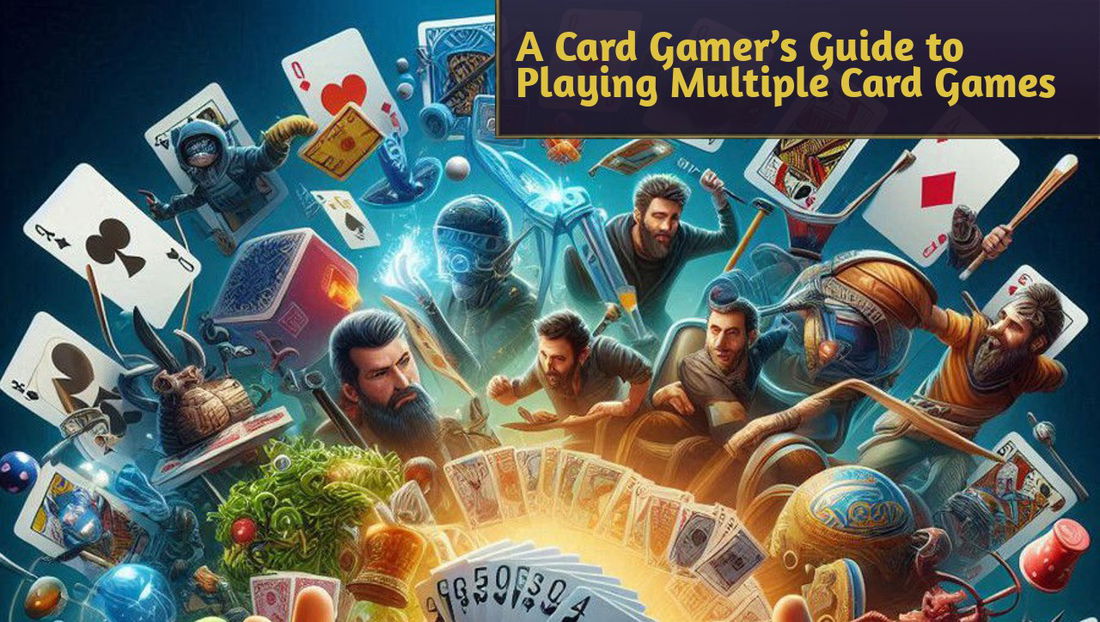The poker table has always been a place where communication transcends words. But when deaf players began making their mark on professional poker, they brought revolutionary changes that enhanced the game for everyone. Their unique perspective on visual cues, body language, and non-verbal communication has fundamentally altered how modern poker is played and understood.
From introducing new tournament protocols to demonstrating superior tell-reading abilities, deaf poker players have proven that perceived limitations can become extraordinary advantages. Their contributions extend far beyond individual success stories, reshaping poker culture and making the game more inclusive and sophisticated.
Breaking Barriers: Early Deaf Poker Pioneers
The journey of deaf players in professional poker began quietly in home games and small tournaments, where innovative players developed unique strategies to compete without hearing. These pioneers faced significant challenges, from dealer communications to understanding betting announcements, yet their determination paved the way for today's inclusive poker environment.
In the 1990s, players like David Farmer began appearing at major tournaments, demonstrating that poker's visual nature made it uniquely accessible to the deaf community. Online poker's emergence provided another breakthrough, with platforms like vulkan vegas casino offering equal playing fields where hearing differences became irrelevant. These early successes inspired a generation of deaf players to pursue poker seriously.
Visual Mastery: Reading Tells Without Sound
Deaf poker players possess extraordinary abilities to read visual tells that hearing players often miss. Without auditory distractions, they focus intensely on physical movements, breathing patterns, and micro-expressions that reveal opponent intentions. This heightened visual awareness has influenced how all serious players approach tell detection.
Studies show that deaf players identify physical tells 40% faster than hearing players, particularly noting changes in posture, hand movements, and facial expressions. Their success has led to increased emphasis on visual observation in poker training, with many pros now practicing with noise-canceling headphones to simulate the deaf experience.
Ad
Visual Tells Deaf Players Excel at Detecting
Deaf players have identified these often-overlooked visual cues:
● Neck pulse changes: Indicating excitement or stress.
● Shoulder tension patterns: Revealing strong or weak hands.
● Chip handling variations: Showing confidence levels.
● Breathing rhythm shifts: Exposing bluffs or value bets
● Eye movement sequences: Indicating thought processes.
● Feet positioning: Revealing comfort or discomfort.
Communication Revolution at the Tables
The integration of deaf players necessitated new communication methods that benefited all participants. Tournaments developed visual signaling systems, standardized hand gestures, and clear physical indicators for actions like checking, betting, and folding. These improvements reduced misunderstandings and disputes for everyone.
Ad
Major poker rooms now employ sign language interpreters for significant events, and dealers receive training in basic poker-related signs. Electronic displays showing action and bet sizes, initially implemented for deaf accessibility, have become standard features appreciated by all players for their clarity.
Standard Visual Poker Communications
Modern poker incorporates these deaf community-inspired visual elements:
● Tap table: Universal check signal.
● Forward chip motion: Clear betting indication.
● Hand wave: Unambiguous fold gesture.
● Finger counting: Precise bet sizing communication.
● Card protection: Standardized methods, preventing misunderstandings.
● Tournament clocks: Visual displays of blind levels and time.
Ad
● Action indicators: Buttons showing whose turn it is.
Tournament Adaptations and Inclusivity
Professional poker tournaments have undergone significant modifications to accommodate deaf players, creating a more inclusive environment that enhances the experience for all participants. These changes range from structural adjustments to technological innovations designed to ensure equal access to game information.
The World Series of Poker led the charge in implementing deaf-friendly policies, including vibrating timers, visual announcement systems, and dedicated floor staff trained in sign language. These adaptations have spread throughout the poker world, making tournaments more accessible and professionally run.
The evolution of tournament accessibility demonstrates poker's commitment to inclusivity. Major tournament series now consider deaf player needs during planning stages, incorporating features that benefit all players through improved clarity and communication. The following comparison shows how tournament features have evolved to accommodate deaf players while enhancing the overall poker experience.
| Tournament Feature | Traditional Approach | Deaf-Inclusive Adaptation | Benefit to All Players |
|---|---|---|---|
| Blind level changes | Audio announcements only | Visual displays + vibrating alerts | Clear timing awareness |
| Dealer instructions | Verbal commands | Standardized hand signals | Reduced miscommunication |
| Floor decisions | Spoken rulings | Written explanations available | Better rule understanding |
| Break announcements | PA system only | Visual countdown timers | Precise break management |
| Seat changes | Verbal notification | Written seat cards + escort | Smoother table transitions |
Ad
Impact on Poker Strategy and Culture
The influence of deaf players extends beyond accessibility improvements to fundamental strategic developments. Their success has challenged assumptions about poker requirements and demonstrated that different perspectives can reveal new strategic dimensions. Many hearing players now study deaf player techniques to improve their own games.
Poker culture has become more inclusive and visually oriented, with increased awareness of non-verbal communication's importance. Online poker forums discuss "playing like you're deaf" as a training technique, and coaching sites offer modules on visual tell detection inspired by deaf player expertise.
Strategic Innovations from Deaf Players
The deaf poker community has contributed these strategic concepts:
● Pure visual ranging: Assessing hand strength without verbal timing tells.
● Physical baseline establishment: Creating detailed opponent movement profiles.
● Peripheral awareness techniques: Monitoring multiple players simultaneously.
Ad
● Breathing pattern analysis: Correlating respiration with hand strength.
● Micro-expression cataloging: Building databases of opponent-specific tells.
Embracing Poker's Visual Future
The deaf community's contributions to poker demonstrate how diversity strengthens and enriches the game. Their unique perspectives have made poker more accessible, strategic, and sophisticated, benefiting players of all backgrounds. As poker continues evolving, the lessons learned from deaf player integration will guide future improvements.
Whether you're a seasoned pro or casual player, incorporating deaf community insights can elevate your game. Practice visual awareness, support inclusive poker room policies, and recognize that poker's greatest strength lies in its diversity. Join the movement toward more inclusive poker—because when everyone can play their best, the game itself becomes better.





— Comentarios
0Se el primero en comentar